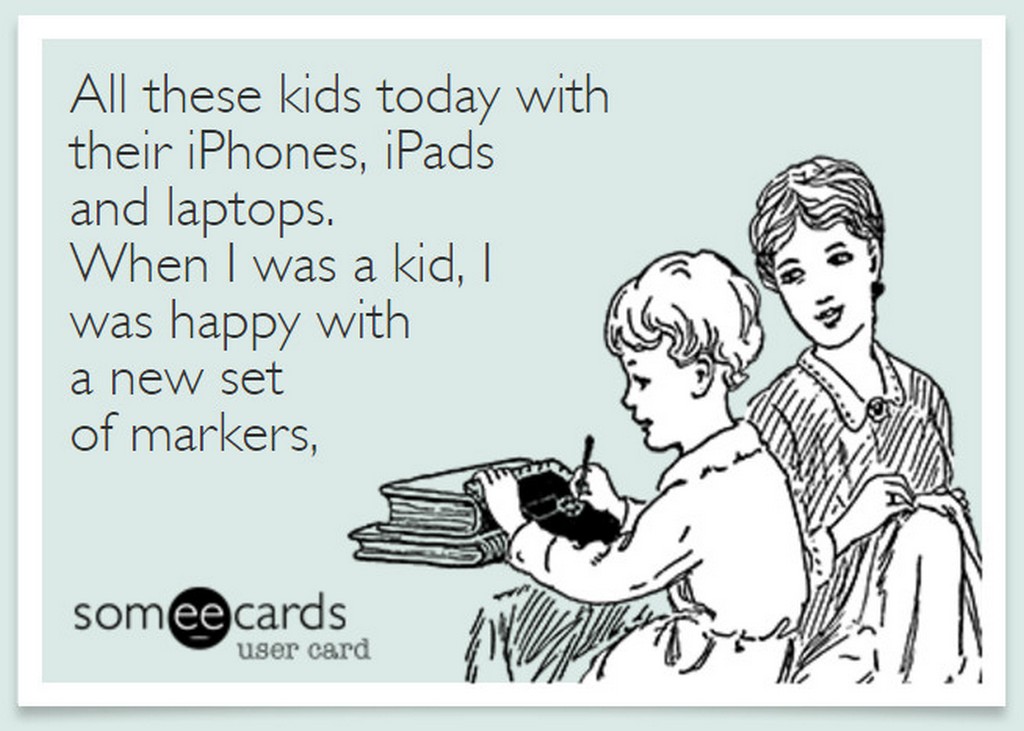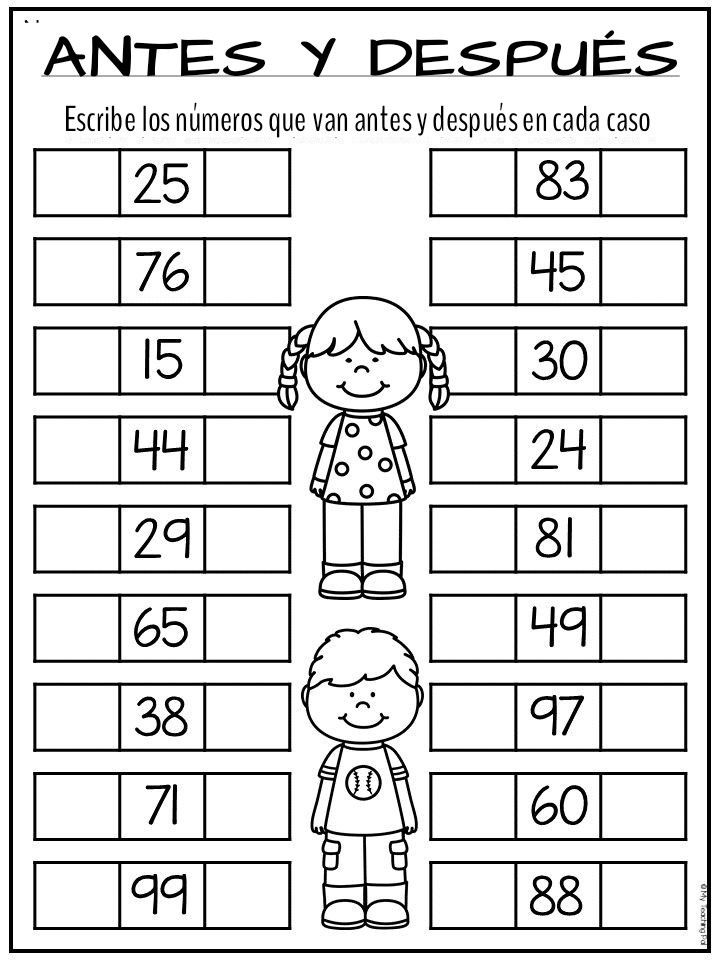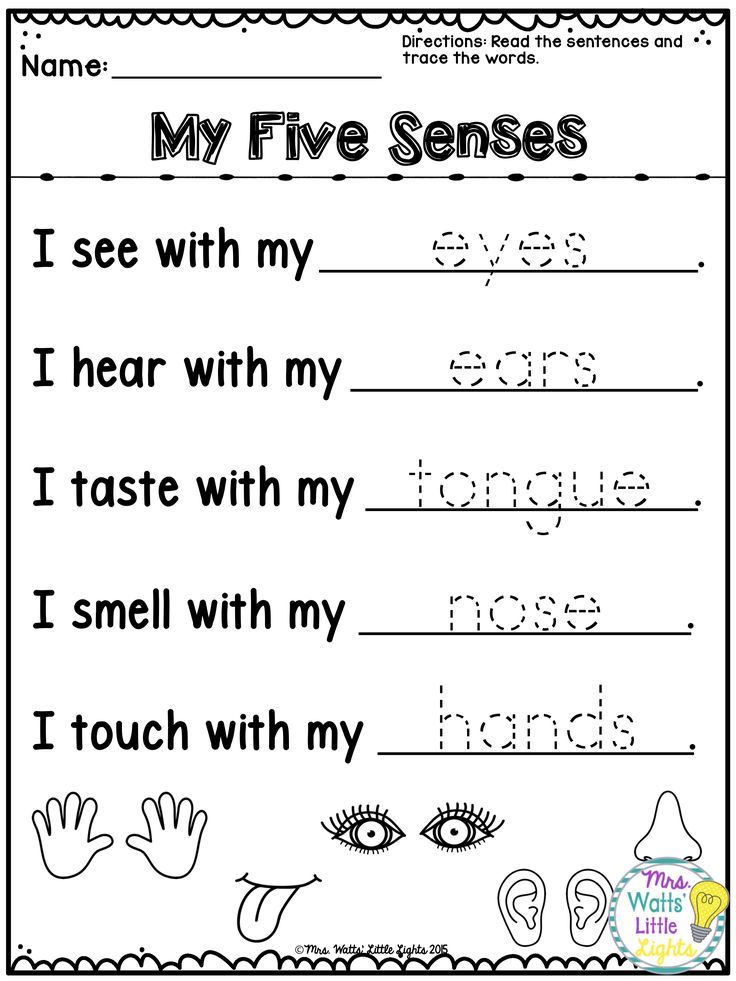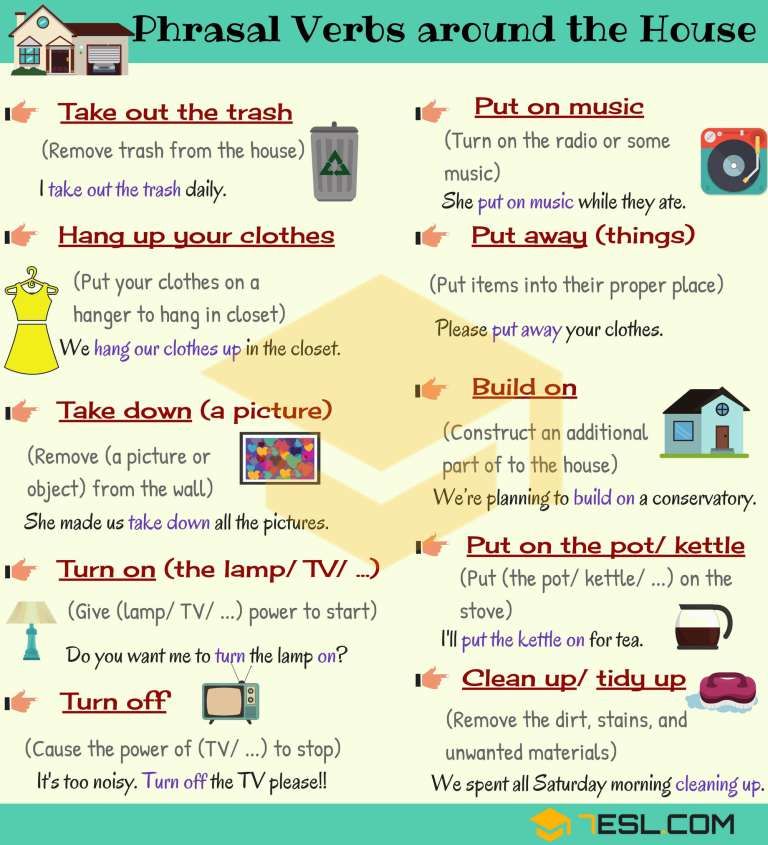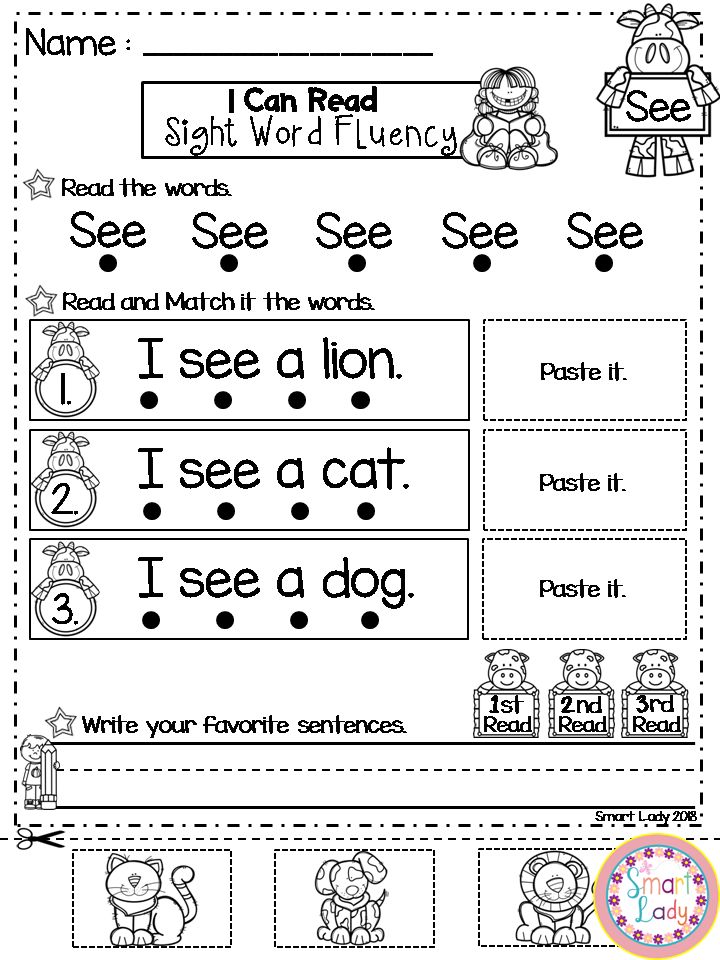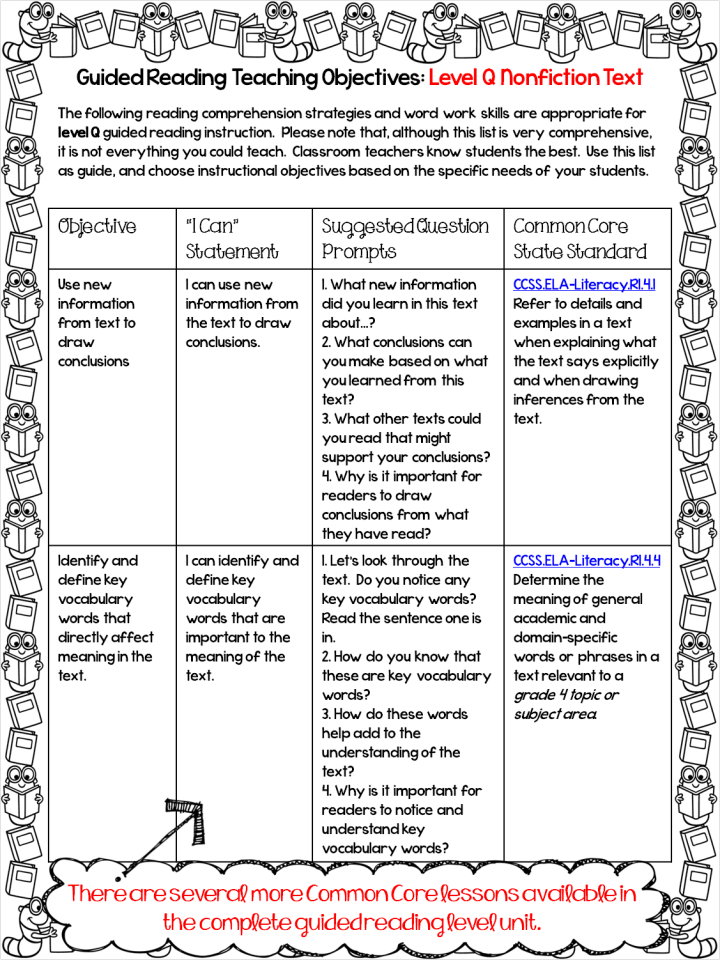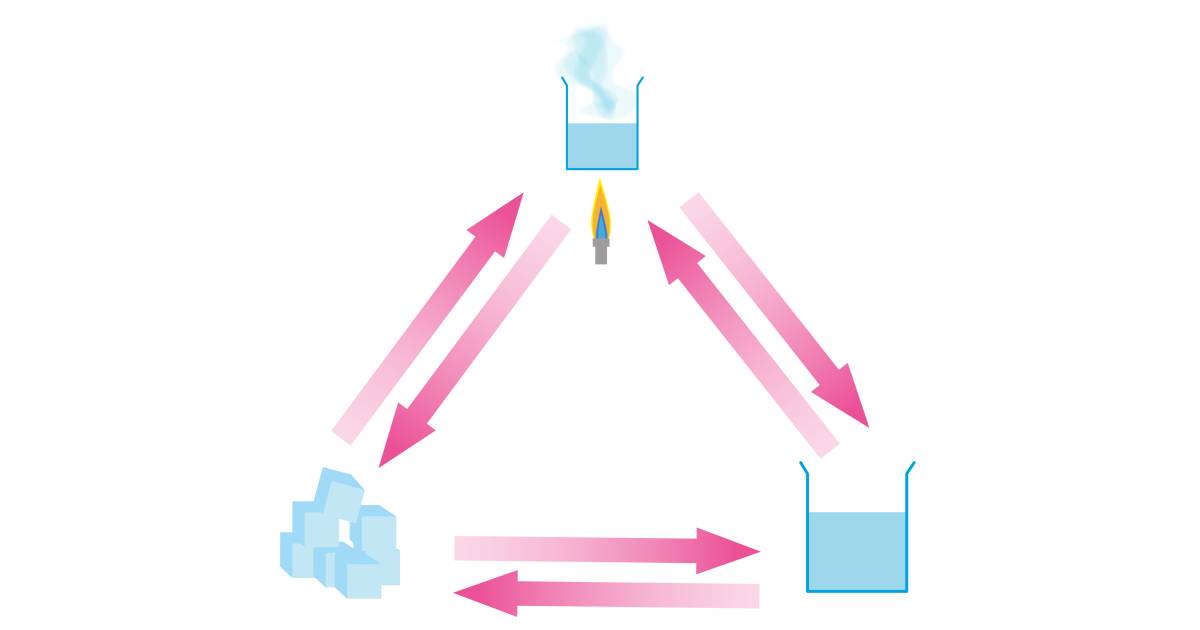Teach kids to be kind
What is Kindness for Kids
| What is kindness for kids | Development of kindness | Why kindness is important | How to teach kindness to kids |
“Share your toys” is something we have been teaching our kids since the very first time they played with other children.
Kindness and compassion are vital in the development of young children’s social competence and socio emotional skills1.
What is kindness for kids – Definition
Being kind is an intentional act that benefits others for its own sake when one is not required to do so. It is generally regarded as a virtue. A kind person shows a genuine, deep, and selfless concern for people without expecting anything in return.
Dr. Malti at the University of Toronto believes that there are three components in the practice of kindness – kind emotions, kind cognitions, and kind behaviors 2.
Kind emotions include sympathy, empathy, respect, guilt for wrongdoing, and pride for acting ethically3.
Kind cognitions come from understanding how the act of kindness affects others and ourselves.
Kind actions are the acts of prosocial behavior as simple as giving a helping hand, cooperating, or comforting another, or as complex as sharing with others or including the discriminated.
The more these three elements are incorporated into daily life activities, the more transformational power they have. For example, the more kind emotions we feel internally, the more likely we are to show kind act accordingly.
The development of kindness in children
Kindness may not be understood by young children as it is by adults. It is conceptualized differently at different ages due to different cognitive understanding.
Children at certain ages may articulate consistent, rational reasons for judging kindness differently. When they are young, kindness is likely measured in terms of the consequences, whereas older children consider the intentions of the person who performs the act4.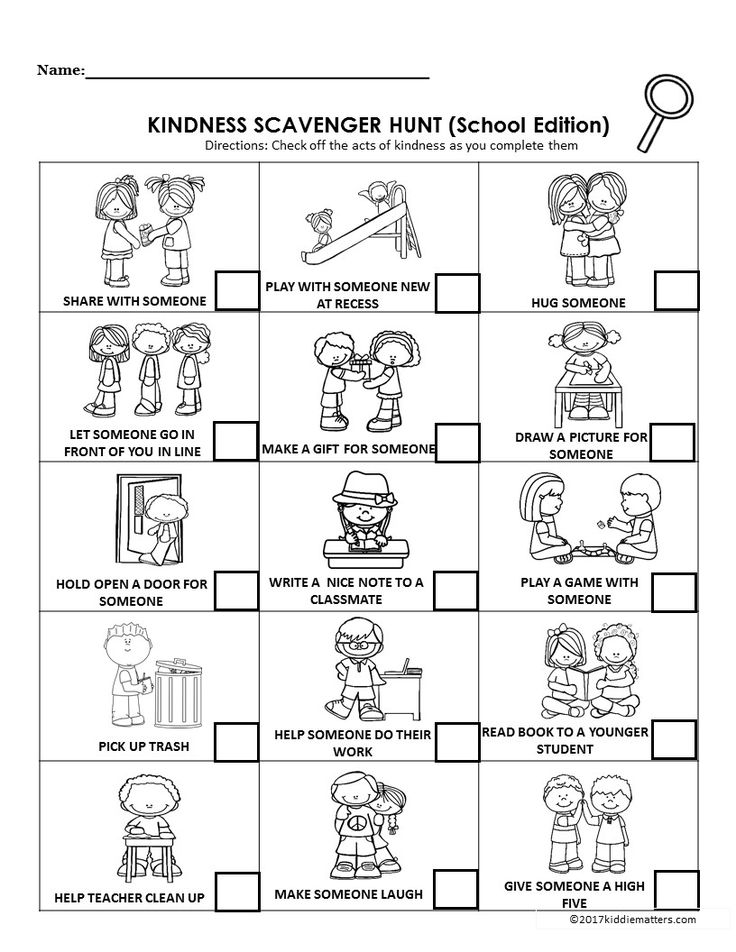
Kindness does not develop in a homogeneous, linear fashion. Between the ages of 5 and 7, children shift to judge kindness in adult-like ways 5.
Empathy, the vicarious sharing of the emotions of others, is one of the main kind emotions that motivate kind behaviors6. The development of empathy then follows in older kids from middle childhood to early adolescence7.
Why kindness is important
Make the world a better place
Kindness has been conceptualized as a virtue and value in both Western and Eastern philosophical traditions.
In a world where people are increasingly more divided than ever, being kind, whenever possible, can help make the world a better place.
Peace and harmony
Doing kind things is not only the foundation of a decent society, but is also an important antidote to violence. It contributes to tolerance and peace in the world.
The Dalai Lama believes that kindness promotes open communication and meaningful dialogue that can maintain or create harmonious relationships between people and nations8.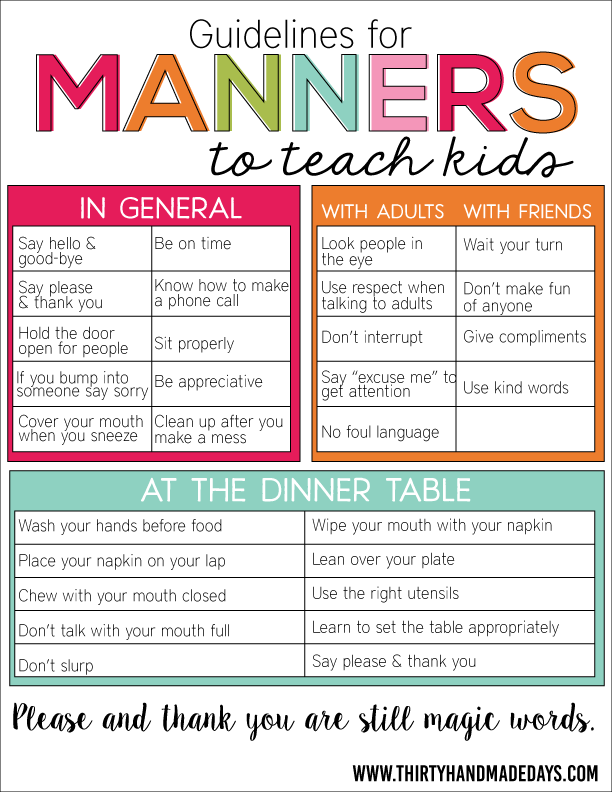
Contributes to happiness
Being kind is beneficial to both the recipients and the actors.
Whether it is supporting others emotionally on a bad day, helping with chores, or including others, random acts of kindness makes us feel good9.
Doing good deeds can be personally rewarding in addition to reducing social ills.
Less stress and better wellbeing
Better physical and mental health is also one of the benefits of kindness. There is a correlation between kindness, and lowered stress and negative feelings.
Small acts of kindness increases one’s sense of well-being, positive emotions, feeling of interconnectedness, inner peace, and sense of purpose. Kind people tend to be self-accepting, act mindful, and develop positive relationships10.
Improved child development
Child kindness is particularly beneficial. Caring acts significantly improve children’s prosocial skills and their relationships with others
11.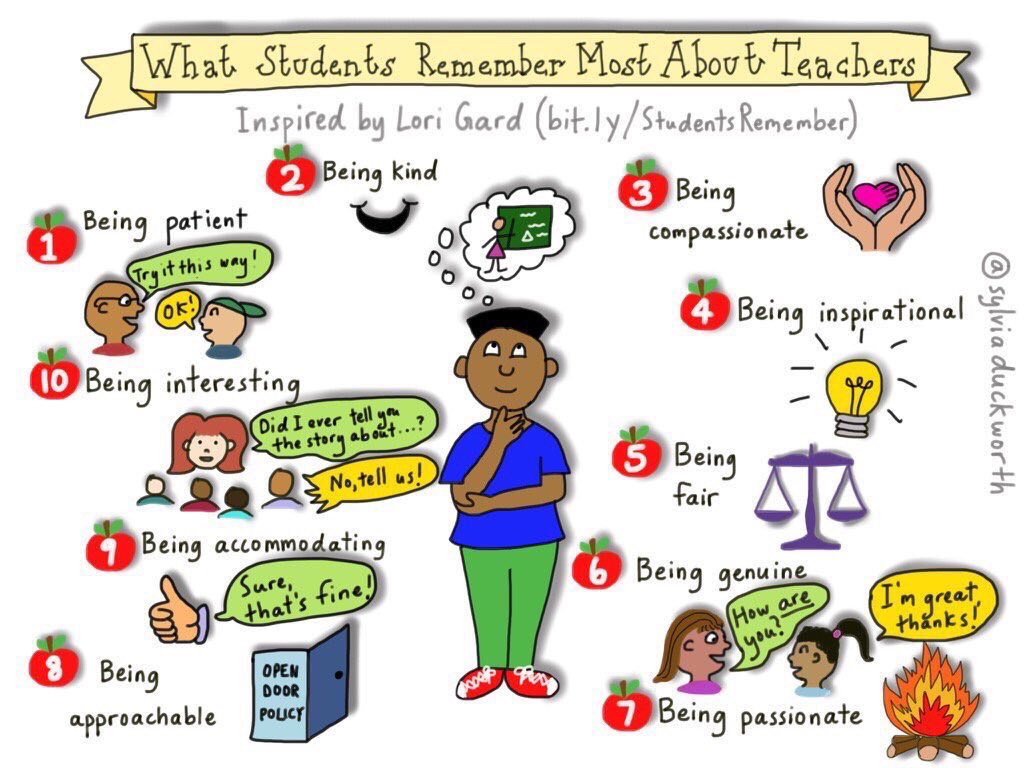
In a 4-week study, students aged 9 to 11 were instructed to perform three acts of kindness per week. Those kind children showed significant improvement in social skills as evidenced by an increase in peer acceptance12.
Being considerate to others is also correlated with academic achievement.
How to teach kindness to kids
Developing kindness and compassion for others is an integral part of young children’s social emotional development.
However, teaching children kindness is not a one-size-fits-all task.
They need to be taught in a developmentally appropriate way that includes both across-age and within-age variation.
1. A home environment filled with kindness
Kindness begins at home. Kind character traits don’t appear spontaneously in children without being exposed to nurturing adults13.
Kids learn by watching the actions of adults. They need to see that their parents live these concepts in their everyday lives rather than just talk about them.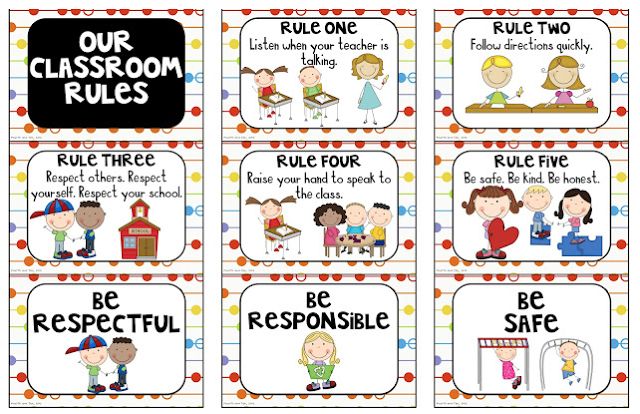
Younger kids learn to be kind by seeing concrete actions and practical ways to do so in real life.
Kindness is also reciprocal. Those who receive kindness are more likely to show it to others 14.
Being kind to your child is easier said than done.
What?!
Crazy idea, right? Why would it be hard to be nice to your kids?
Here’s what i mean…
Is it possible to remain kind to your child if they refuse to do homework after your repeated requests?
Are the consequences you give out for not complying with your commands kind?
If you yell at your child because he keeps ignoring you while playing video games, is that being kind?
See what I mean? Unkind behavior is very common at home.
Parents often feel that they cannot be good parents and nice people at the same time.
But that is not true.
A parent can be kind and firm (or at least not being mean).
If parents truly desire to embody the real meaning of kindness, they must make an effort to remain in the kind zone, even when they don’t feel like it.
A warm, responsive and kind home environment can enhance children’s respect and kindness toward others15.
So, model kindness and be a compassionate parent. It isn’t just lip service; Being kind must be shown in our actions as well.
Positive parenting and inductive disciplining can help us discipline while being kind and firm.
2. Teach them empathy
Empathy is the ability to understand, feel, and share another person’s feelings. It is essential for the development of kindness in children.
The best way to help children develop empathy is to be an emotionally attune parent and show our children understanding and empathy.
Let’s return to the homework example. If your child refuses to do their homework, you are frustrated, but so are they. Show empathy and consider their perspective.
Parents often assume their children avoid homework because they are lazy. Research shows that being lazy is not the most common reason why students struggle with homework or school performance.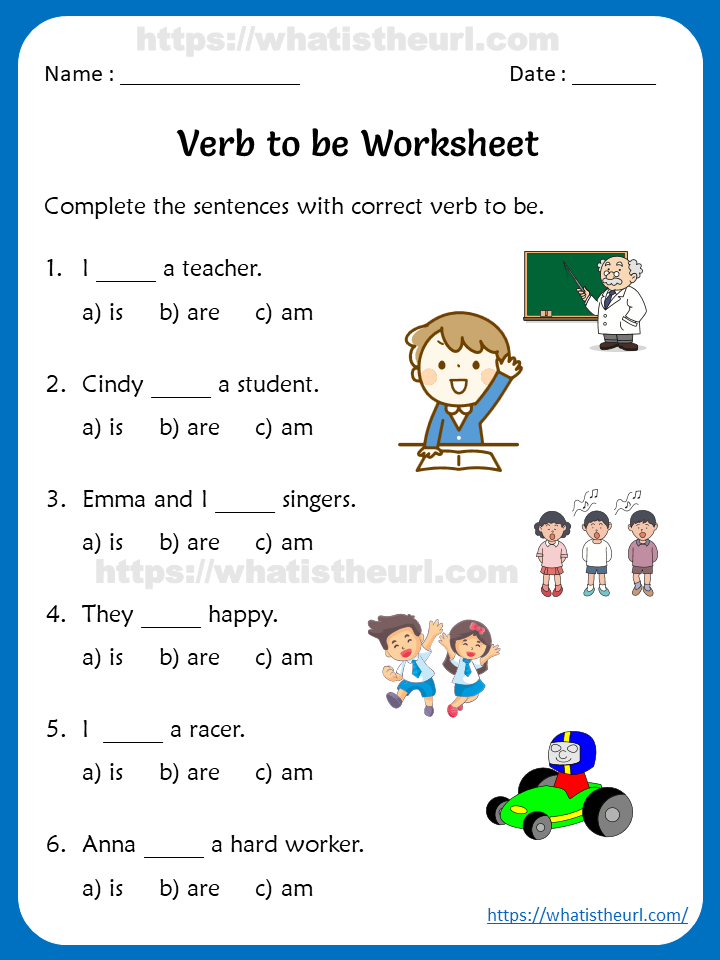
When you show empathy, you are demonstrating how to be kind even when you are frustrated, you don’t have to be mean or harsh.
Using kind words and modeling being kind even when you don’t feel like it is a great way to teach children the true meaning of kindness.
3. Practice and form considerate habits
Encourage children to perform little acts of kindness for others on a regular basis.
These powerful habits can help develop thoughtful kids and compassionate people.
Kind deeds like saying hi to an elderly neighbor, donating old toys, and volunteering at the animal shelter can help children practice kindness and feel good about themselves.
Being caring, helpful, considerate, and doing little things for others can make a big difference in people’s lives.
4. Teach the spirit of kindness
Kindness is a selfless act that should be a clear manifestation of virtue, not a manipulation.
Helping others for the sake of receiving rewards or praises in return does not qualify as genuine kindness.
In early childhood, parents can encourage kids to celebrate kind behaviors such as sharing, helping, comforting, and giving to show that they are valued, acknowledged, and celebrated.
However, rewards should only be used sparingly and unexpected.
5. Read and discuss literature together
The concept of kindness can be difficult for younger children to comprehend compared to actual behavior and results.
Among the three components of kindness, parents can start with teaching kind behaviors because the understanding of kindness is very concrete and factual for young kids.
Character-development literature16 or picture books17 can help them understand what constitutes kindness and its outcomes. Stories in these children’s books can indirectly shape and instill ethical values. They serve as good starting points for discussions about being good people and doing nice things for others.
Parents can choose books that are age-appropriate and consistent with the moral principles they hold dear.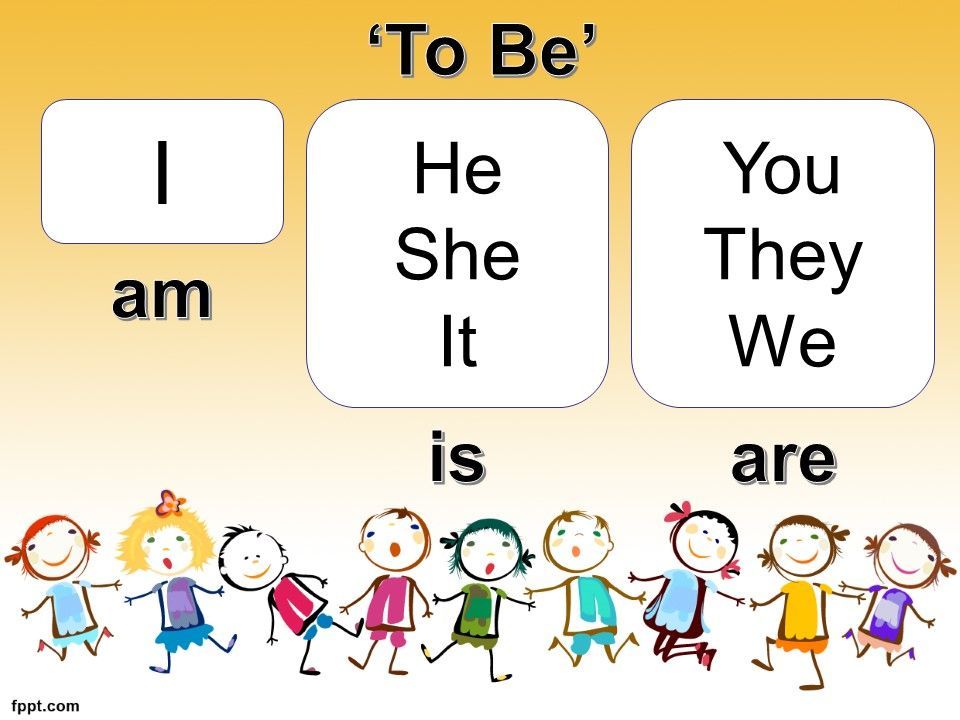
6. Teach emotional regulation
The ability to self-regulate emotions is essential to kindness. When you’re angry, depressed, or anxious, it’s hard to be nice to others.
To develop a sense of inner strength and kindness, children must be able to regulate their emotions and respond successfully to environmental challenges18.
A warm, responsive parenting style is associated with better self-regulatory skills. But if parents are harsh, children will not be able to think about how to be nice to others, one more reason to instill kindness in children using kind-and-firm parenting.
Also See: Kindness Quotes for Kids
Was this article helpful?
How helpful was it?
How can we improve it?
References
-
1.
Han HS, Kemple KM. Components of Social Competence and Strategies of Support: Considering What to Teach and How. Early Childhood Educ J.
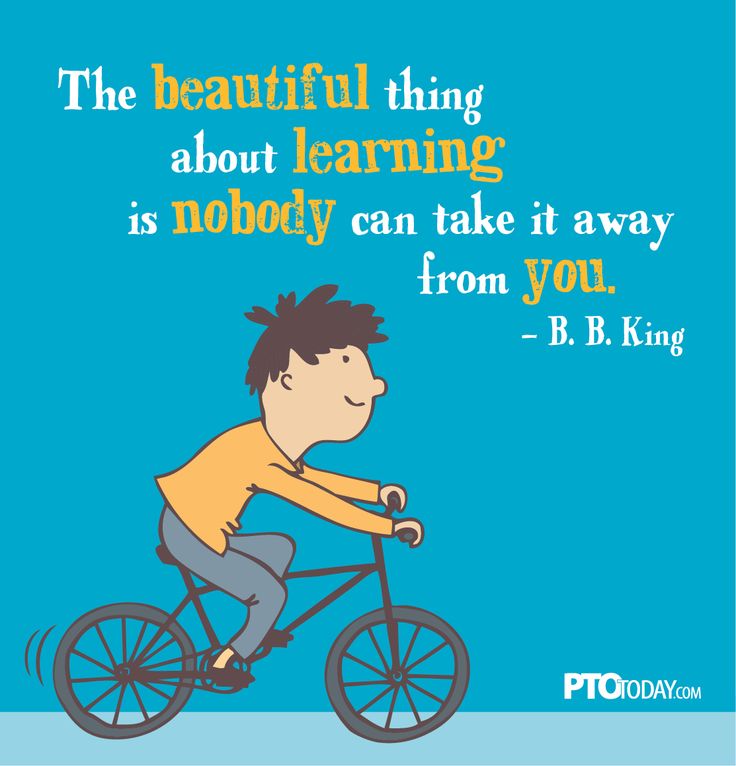 Published online November 30, 2006:241-246. doi:10.1007/s10643-006-0139-2
Published online November 30, 2006:241-246. doi:10.1007/s10643-006-0139-2 -
2.
Malti T. Kindness: a perspective from developmental psychology. European Journal of Developmental Psychology. Published online October 28, 2020:629-657. doi:10.1080/17405629.2020.1837617
-
3.
Malti T, Gummerum M, Ongley S, Chaparro M, Nola M, Bae NY. “Who is worthy of my generosity?” Recipient characteristics and the development of children’s sharing. International Journal of Behavioral Development. Published online January 29, 2015:31-40. doi:10.1177/0165025414567007
-
4.
Leahy RL. Development of conceptions of prosocial behavior: Information affecting rewards given for altruism and kindness. Developmental Psychology. Published online January 1979:34-37. doi:10.1037/0012-1649.15.1.34
-
5.
Baldwin CP, Baldwin AL. Children’s Judgments of Kindness. Child Development. Published online March 1970:29.
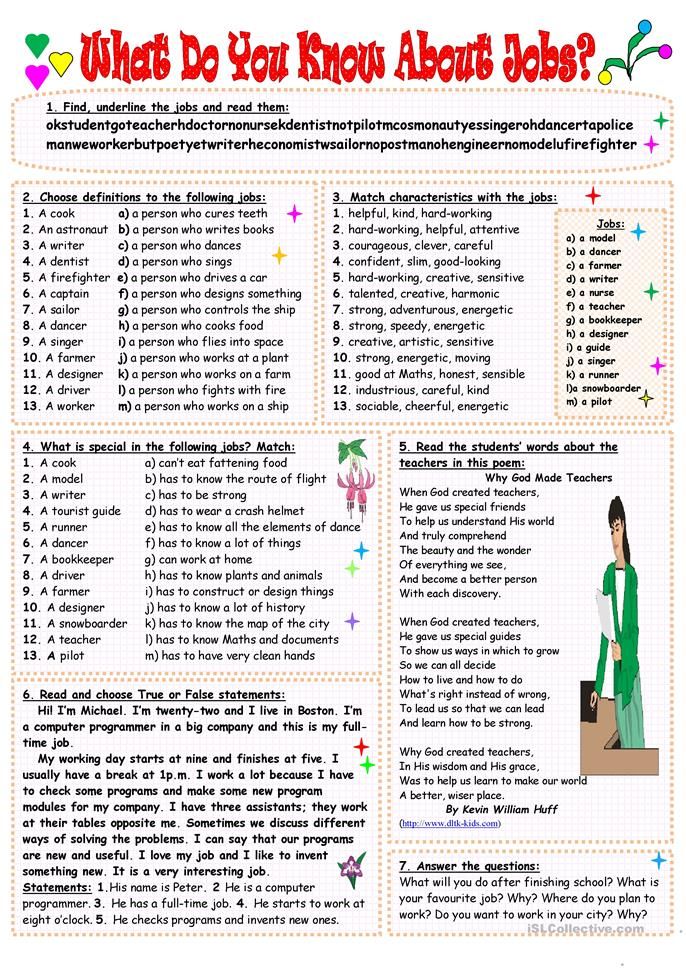 doi:10.2307/1127387
doi:10.2307/1127387 -
6.
de Waal FBM. Putting the Altruism Back into Altruism: The Evolution of Empathy. Annu Rev Psychol. Published online January 1, 2008:279-300. doi:10.1146/annurev.psych.59.103006.093625
-
7.
Zuffianò A, Colasante T, Buchmann M, Malti T. The codevelopment of sympathy and overt aggression from middle childhood to early adolescence. Developmental Psychology. Published online January 2018:98-110. doi:10.1037/dev0000417
-
8.
Piburn S. Dalai Lama: A Policy of Kindness. Motilal Banarsidass Publ.; 2002.
-
9.
Curry OS, Rowland LA, Van Lissa CJ, Zlotowitz S, McAlaney J, Whitehouse H. Happy to help? A systematic review and meta-analysis of the effects of performing acts of kindness on the well-being of the actor. Journal of Experimental Social Psychology. Published online May 2018:320-329. doi:10.1016/j.jesp.2018.02.014
-
10.
Fredrickson BL, Cohn MA, Coffey KA, Pek J, Finkel SM.
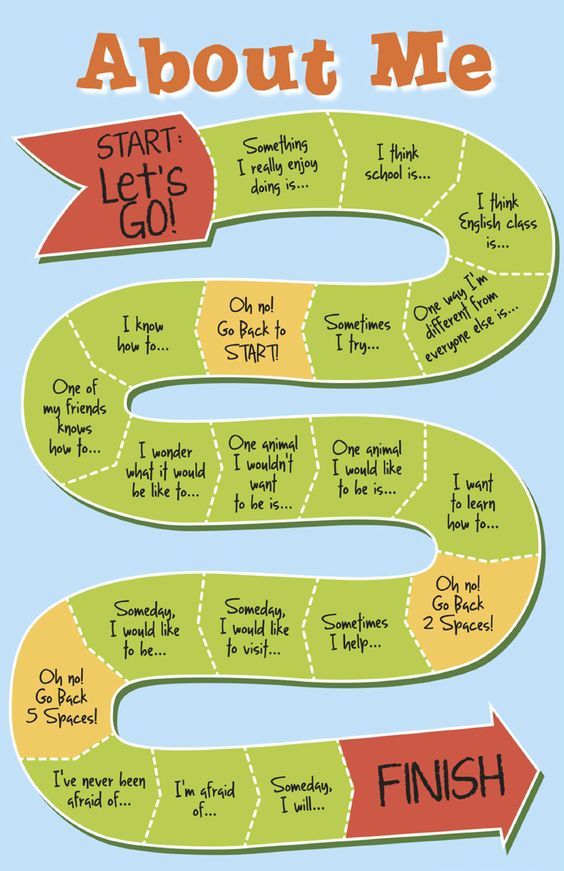 Open hearts build lives: Positive emotions, induced through loving-kindness meditation, build consequential personal resources. Journal of Personality and Social Psychology. Published online November 2008:1045-1062. doi:10.1037/a0013262
Open hearts build lives: Positive emotions, induced through loving-kindness meditation, build consequential personal resources. Journal of Personality and Social Psychology. Published online November 2008:1045-1062. doi:10.1037/a0013262 -
11.
Flook L, Goldberg SB, Pinger L, Davidson RJ. Promoting prosocial behavior and self-regulatory skills in preschool children through a mindfulness-based kindness curriculum. Developmental Psychology. Published online January 2015:44-51. doi:10.1037/a0038256
-
12.
Layous K, Nelson SK, Oberle E, Schonert-Reichl KA, Lyubomirsky S. Kindness Counts: Prompting Prosocial Behavior in Preadolescents Boosts Peer Acceptance and Well-Being. Krueger F, ed. PLoS ONE. Published online December 26, 2012:e51380. doi:10.1371/journal.pone.0051380
-
13.
Berkowitz MW, Grych JH. Fostering Goodness: teaching parents to facilitate children’s moral development. Journal of Moral Education.
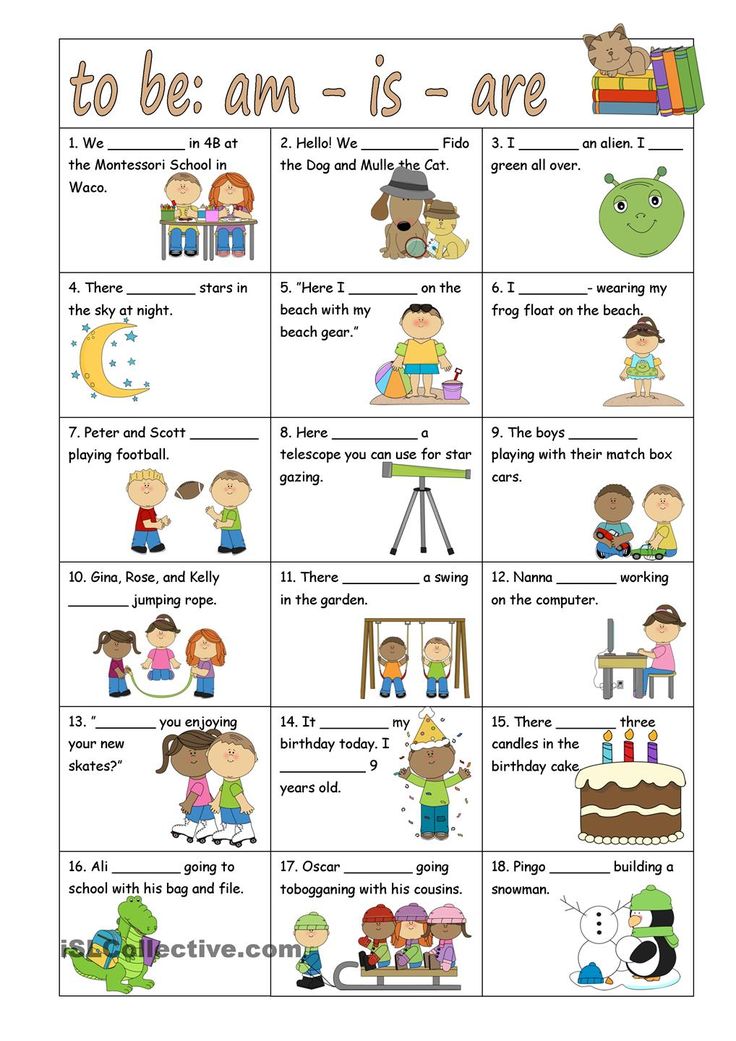 Published online September 1998:371-391. doi:10.1080/0305724980270307
Published online September 1998:371-391. doi:10.1080/0305724980270307 -
14.
Dickinson DL. Theory and Decision. Published online 2000:151-177. doi:10.1023/a:1005274316908
-
15.
Malti T, Dys SP. From being nice to being kind: development of prosocial behaviors. Current Opinion in Psychology. Published online April 2018:45-49. doi:10.1016/j.copsyc.2017.07.036
-
16.
Almerico GM. Building Character through Literacy with Children’s Literature. Research in Higher Education Journal. 2014;26.
-
17.
Retnowati G, Salim RMA, Saleh AY. Effectiveness of Picture Story Books Reading to Increase Kindness in Children Aged 5-6 Years. Lingua Cultura. Published online February 27, 2018:89. doi:10.21512/lc.v12i1.2095
-
18.
Malti T, Chaparro MP, Zuffianò A, Colasante T. School-Based Interventions to Promote Empathy-Related Responding in Children and Adolescents: A Developmental Analysis.
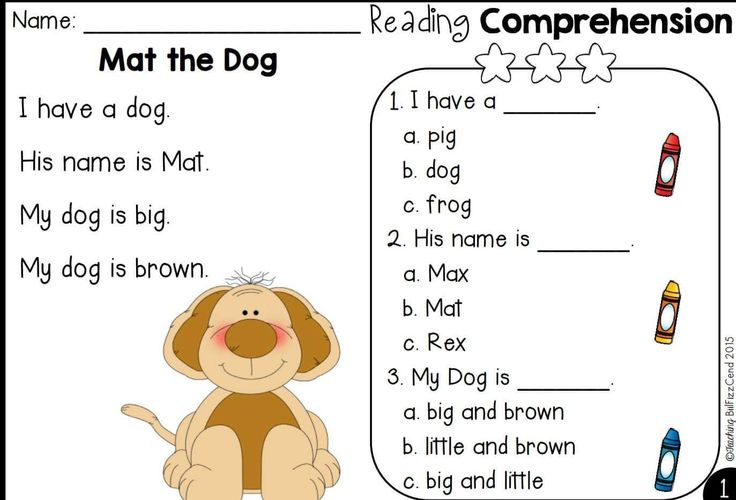 Journal of Clinical Child & Adolescent Psychology. Published online February 18, 2016:718-731. doi:10.1080/15374416.2015.1121822
Journal of Clinical Child & Adolescent Psychology. Published online February 18, 2016:718-731. doi:10.1080/15374416.2015.1121822
About Pamela Li
Pamela Li is an author, Founder, and Editor-in-Chief of Parenting For Brain. Her educational background is in Electrical Engineering (MS, Stanford University) and Business Management (MBA, Harvard University). Learn more
View all posts by Pamela Li | Website
How to raise kind kids and teach empathy
Every parent has probably said, “play nicely” or “be kind to your sister.” And most of us agree that we want to raise caring children. But is kindness something you can really teach?
Yes — but most of the teaching is by example.
“If you want your child to be kind, you are wasting your breath lecturing them,” said Mary Gordon, founder and president of Roots of Empathy, a K-8 classroom program designed to instill emotional and social competence, and to reduce aggression. “Kindness isn’t taught, it’s learned. In order to be kind, you have to experience it at home.”
In order to be kind, you have to experience it at home.”
Lip service doesn’t appear to do the trick. A recent study suggests parents have to work harder to show that they actually value things like helping an elderly neighbor as much as they do getting A’s. Last month, researchers at the Harvard graduate school of education found 80 percent of youth say their parents care more about their personal achievements or happiness than whether they are kind human beings. Of the 10,000 students surveyed, they were three times as likely to agree than disagree with the statement, “My parents are prouder if I get good grades in my classes than if I’m a caring community member.”
Here are four ways to bridge the kindness gap and raise kids who aren't jerks.
1. Walk the walk. Children understand kindness through everyday interactions with their parents, Gordon said. Empathy begets empathy, in her view. “The way you speak to someone when they come to the door or respond to your child even when tired,” she explains, “are how your child learns to model behavior and treat other people.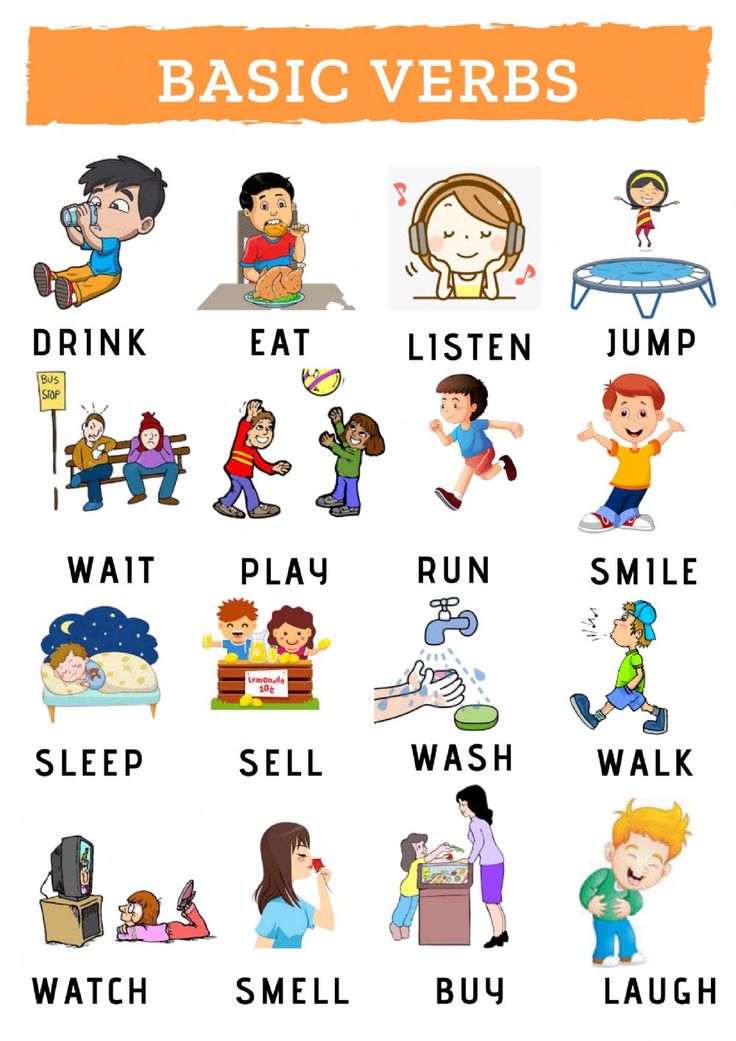 ”
”
2. Talk the talk — give them kind language. Julie Masterson, professor of communication science and disorders at Missouri State University and author of "Beyond Baby Talk," says learning empathy and language go hand-in-hand. She defines kindness as the ability to take another person’s perspective and then tailor your words and actions accordingly.
Masterson describes her reaction to her 2-year old grandson, who will occasionally play favorites between his grandparents and announce: “I don’t want Mama J. I want Papa J.” While she assures parents these types of statements are age-appropriate, to model kindness, it’s crucial to respond by validating a toddler’s feelings, giving them another perspective to consider and encouraging them to “use kind words.” Masterson tells the little boy: “It’s nice that you want Papa J, but Mama J also wants to be with you.”
For older kids, Masterson recommends asking explicit questions about unkind behavior or language: how do you think that makes another person feel? What is it like to be in their shoes?
“There’s nothing incompatible with achieving at a high level and being a kind person,” promises Richard Weissbourd, psychologist and co-author, with Stephanie Jones, of the Harvard education study.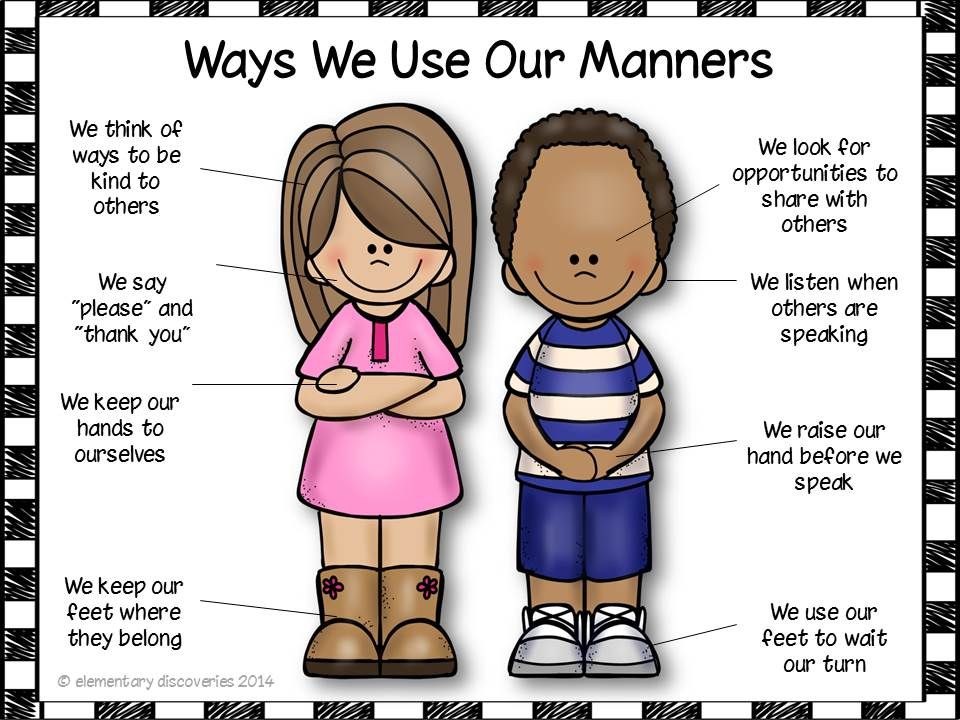 “In every race, class and culture, you see families with successful children who are also focused on raising them to be caring and respectful.”
“In every race, class and culture, you see families with successful children who are also focused on raising them to be caring and respectful.”
3. Reward big acts of kindness, but don't go overboard. Weissbourd, who runs the Making Caring Common project, advises parents to reward “uncommon acts of kindness” — like if a child starts a lemonade stand for a good cause or goes out of their way to help someone. However, Weissbourd says we shouldn't praise children for everyday helpfulness like taking out the trash or playing with a younger sibling. “That everyday kindness should be expected,” he said. “That’s how it becomes part of who we are, part of our identity.”
4. Force them out of their comfort zone to teach empathy. If students haven’t learned compassion and generosity by the time they’re 18, it’s unlikely that they learn “kindness” in a lecture hall or seminar, according to Shelley Kagan, professor of philosophy at Yale University. Instead, he believes young adults should interact with people from different backgrounds, to learn how to place themselves in someone else’s shoes — whether that means taking a summer job that gets them out of their comfort zone or living in a different culture.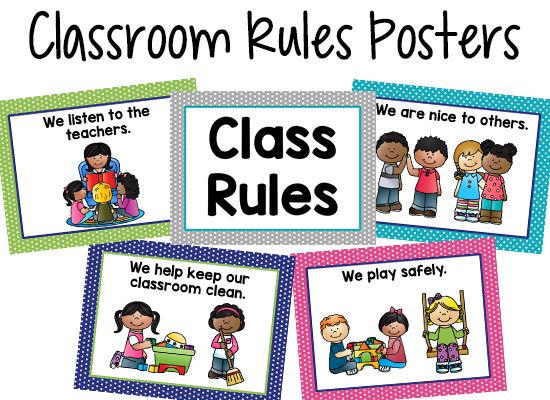
The good news for parents is that based on evolutionary biology, children are, in a sense, hardwired to become kind. “We know that in groups where people cooperated, they flourished, but in groups where they did not, they died out.” said Stefan Klein, author of "Survival of the Nicest: How Altruism Makes Us Human and Why It Pays to Get Along." Luckily, the story of human evolution is not only survival of the fittest, he explained. It’s also survival of the kindest.
This article was originally published in 2014.
We want our children to be kind. Can they be taught this?
If parents really appreciate kindness in people, there are many ways to bring it up in a child
November 13 is World Kindness Day in many countries. The participants of the holiday call on all the inhabitants of the planet to do some good deed on this day. But is it possible to make it so that doing good becomes a habit, and we do good deeds every day, and not just once a year? There are several ways to become kinder yourself and teach your children to do the same.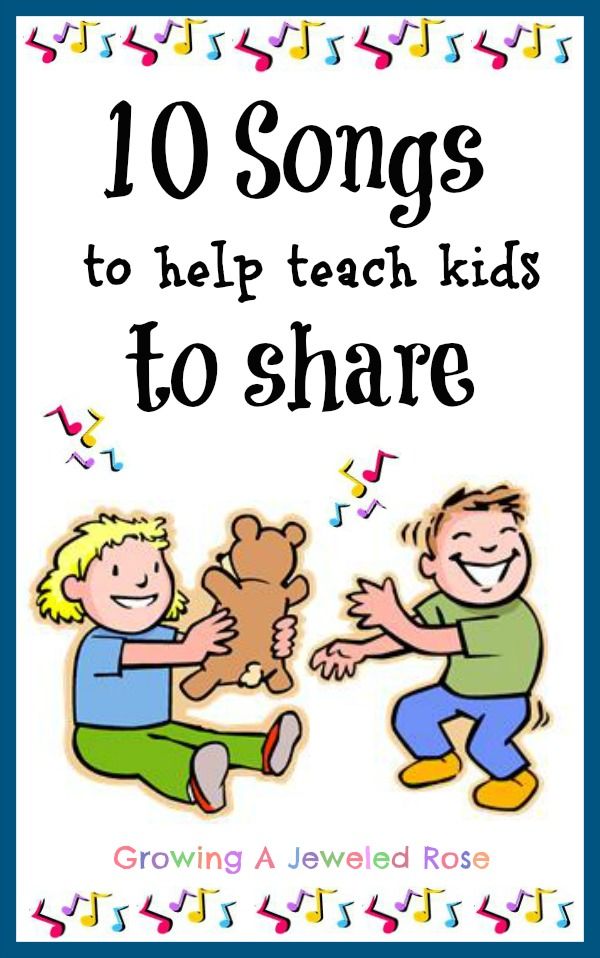
A person's character is formed before the age of 5, according to psychologists. It is good if before this age adults managed to lay the foundations and instill good habits in the child. This also applies to moral qualities. Parents can teach their child not only to brush their teeth, dress themselves, read and count confidently, but also to be kind! Kindness is not only a character trait, often innate from birth, but also a habit of behaving and treating others kindly, which can be instilled in a child in childhood and developed later throughout life.
How to show a child what kindness is, what actions we consider good and why? Recall 10 affordable ways to make acts of kindness a natural part of your children's lives.
1. Be an example. No common truths will be learned if the child does not see their application in practice. The brain of a small child is set to imitate. Children reproduce in behavior only those models that they see in front of them. You must be an example if you want your child to be kind to himself and others. The most valuable observation for a baby is to see how mom or dad helps a stranger on the street, in a store, in transport.
You must be an example if you want your child to be kind to himself and others. The most valuable observation for a baby is to see how mom or dad helps a stranger on the street, in a store, in transport.
2. Don't be afraid to talk to a stranger. You can always exchange a couple of kind words with a salesperson in a store, with fellow travelers on a bus, with strangers who find themselves next to you in some general situation. Treat them kindly, like old friends. Communicate freely and with a smile.
3. Show love and affection towards your loved ones. Hug, kiss each other and the child more often, prepare pleasant surprises, say kind words, and then the children will begin to behave in the same way. A child raised in a warm, welcoming environment learns empathy faster.
4. Read books and watch movies about kindness. Discuss what you see and hear with your child. Talk about what is good and what is bad. Such shared moments teach children to understand situations and people.
- Eduard Uspensky "Fur boarding school" (Kid, 2019). A funny and touching story about a girl, Lyusya Bryukina, who unexpectedly turned out to be a teacher for a whole class of cute animals. Illustrations by Victor Chizhikov.
- Jutta Langreuther "It's better at home!" (Polyandria, 2013). A tender tale about love and the indispensability of a mother.
- Sam McBratney "Do you know how much I love you?" (Pink giraffe, 2019). How to explain what love is? Try to find the answer.
- "Girl and Fox" (France, 2007). A film about what can be sacrificed for the sake of love and friendship.
- Dolphin Story (Canada, USA, 2011). Dolphins are clearly smarter than humans. They can teach compassion, perseverance, and optimism.
- "We bought a zoo" (USA, 2011). Buy a zoo and save the animals. Or will they save you?
- Paddington Adventures (UK, France, USA, 2014). The teddy bear turns out to be a beloved member of the family and gets everyone involved in unexpected challenges.
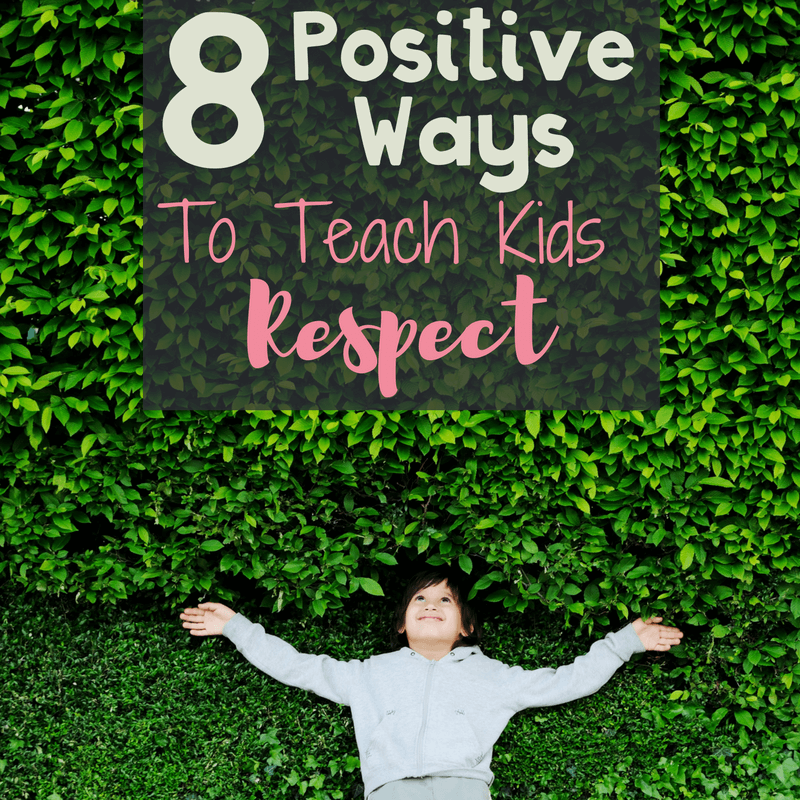
5. Teach the children to help each other. And not only in some acute situation, when help to another is urgently needed. It will be great if the child learns to show his participation in everyday things. Teach your child various useful skills that he could share with others. You will teach him how to make Easter cakes, and he will show how it is done to other children on the playground.
6. Pay attention to your baby's actions. Every person is pleased when he is appreciated, and especially a child. The kid really wants his parents to celebrate his achievements and good impulses and be proud of him! This not only gives pleasure, but also helps to build a system of reference points. Children love to analyze and reflect. If a child does a good deed and receives feedback, after a while he will definitely want to repeat this action again. So good deeds will gradually become a habit.
7. Explain your actions. When you say, "I'm staying at a friend's tonight," be sure to add "because she asked me to babysit her little daughter while no one was home. " Children need to understand why you act this way and not otherwise.
" Children need to understand why you act this way and not otherwise.
8. Tell your child about volunteering. Explain who volunteers are and why they help others for free. Together with your child, you can clean up garbage in the park, feed homeless animals. Invite your child to donate some of their toys to the orphanage. If you help charities or participate in volunteer projects, explain to your child why this is important to you and what your help is about.
9. Come up with a reward system. For example, earning cotton balls! It's extremely simple, but very effective. Put in a prominent place (for example, in the kitchen) a jar in which the child will put cotton balls “earned” for good deeds and deeds. Balls are not issued for the performance of any duties or for housework.
The child receives them only when he does something that he was not asked to do, something pleasant and unexpected. Usually this process turns into an exciting game.
What can I give a ball for? If one child spills their food/drink and another helps clean up (without asking!).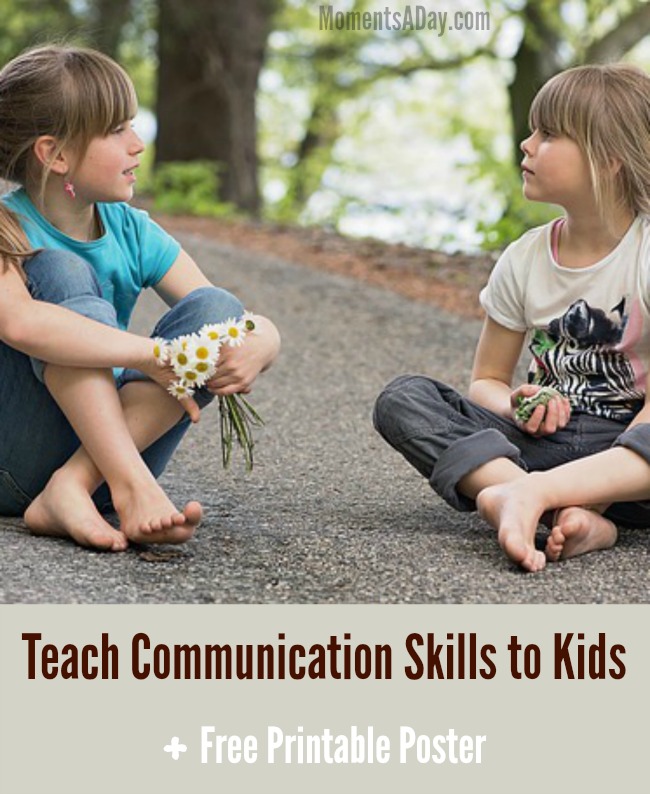 If the parent needs to bring something, and the children will follow him to help (without asking). If children do or say kind things to each other or to someone else.
If the parent needs to bring something, and the children will follow him to help (without asking). If children do or say kind things to each other or to someone else.
The reward for collected marbles must not be material. It is better to organize some kind of fun event. Go bowling with dad, or go to the movies with mom, or maybe just a sleepover party in the parent's bedroom on the floor in sleeping bags!
Cotton balls can be taken back as a punishment: for example, if a child has been rude or aggressive towards another person. The threat of losing the ball is also a good incentive to control your behavior.
10. Do not judge other people in front of children. Today, public discussions of celebrities or even ordinary people who have attracted public attention are widespread. Being unkind to others is nothing new. But just today, people began to condemn each other easily, thoughtlessly and anonymously. Children who live and develop in the world of digital technologies and social networks learn this very quickly.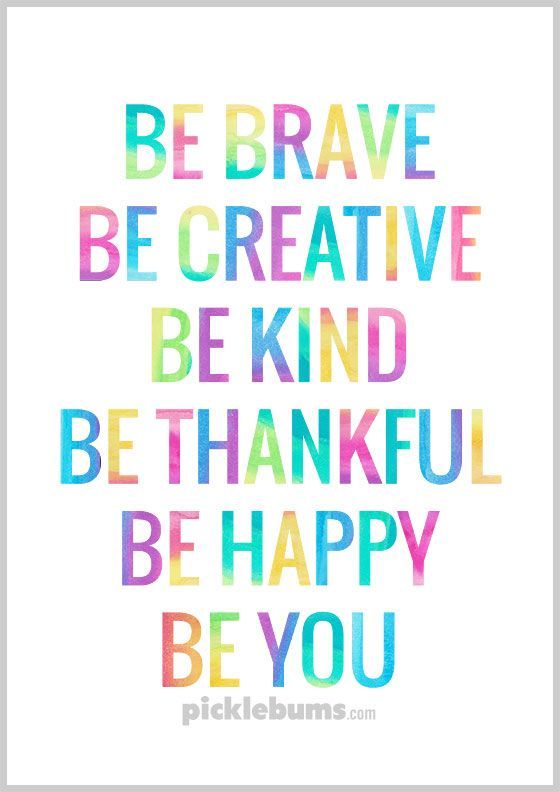
Remember that your conduct must be honest and consistent. You need to teach good deeds at any age and you can start with the simplest - do not forget to say hello to your neighbors, make a bird feeder and make sure that there is food in it all the time, and just smile at other people. These are trifles, but it is precisely such regular work that will help children grow up different, constantly show kindness, and this will not just be a habit, but a way of life.
6 ways to teach kindness to your child | AMAkids 9 Academy Articles0001
- AMAkids Intelligence Development Academy
- Blog
- Parenting and development of children - useful articles for parents
- 6 ways to teach your child kindness
Back to blog
11/27/2018
Share: 2
148116
All parents want their children to grow up to be kind and caring. Moms and dads make every effort so that their baby can distinguish good from evil, help people, be fair and compassionate. No one wants their children to be cruel and intolerant of others.
But being kind is not an easy task. Helping others, listening to their problems is often difficult for adults, let alone children. Therefore, parents should know how to teach their child kindness.
- Teach your child to create positive thoughts. It is easy to become kind if you wish others to be happy. Do a simple exercise with your baby: let him imagine who he wants to send positive wishes to. It can be a grandmother, a sister, a friend, even a beloved cat.
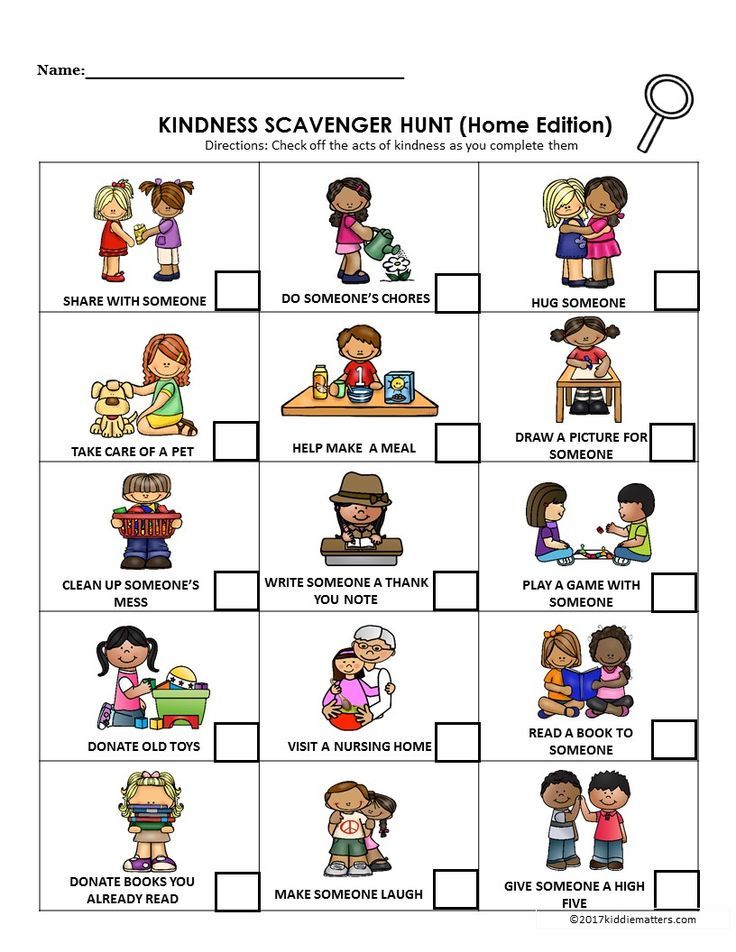 And then form good thoughts. For example, “let my grandmother be in good health” or “let my sister write an excellent test.”
And then form good thoughts. For example, “let my grandmother be in good health” or “let my sister write an excellent test.” - Tell your child good stories. These can be cases from the life of parents or good fairy tales that teach mercy and humanity. Good stories can perfectly instill a son or daughter in kindness. They can change the mind of the baby, saving him from boring lectures. Toddlers should read regularly at night. And older children need help making a list of good books.
- Smile more often. In 2002, an experiment was conducted in Sweden that proved that a smile is contagious. When the child looks at the smiling parents, his lips will naturally stretch into a smile. And this simple muscular act gives warmth and warming emotions.
- Teach your child to compliment. Any person will be pleased to hear something good about themselves. In 2012, Japanese scientists from the National Institute of Physiology found that a structure called the striatum is active in the brain when a person receives compliments or money.
 Teach your son or daughter to notice something good in people and tell them about it.
Teach your son or daughter to notice something good in people and tell them about it. - Instill in your child the habit of occasionally doing good. Walking along the street, move your grandmother across the road with him. Or help a lost person. Say hello to your neighbors. Regular good deeds will help your child develop a good habit of helping people.
- Tell your child about volunteering. Explain who volunteers are and why they help the outside world for free. In addition, it will be useful to join some volunteer organization with the baby and show in practice how great it is to be kind and help others. You can clean up garbage in the park, feed homeless animals, donate toys to an orphanage. The main thing is that your child understands that by showing kindness, a person becomes better. Sympathy for another can breed friendship, and good deeds purify the soul.
Back to blog
Categories
- All (496)
- Family and relationships (41)
- Parenting (111)
- Child safety (5)
- Health and care (13)
- Mental arithmetic (105)
- Memorika (23)
- Liberica (40)
- Hobby (13)
- Museums and exhibitions (4)
- Holidays with children (13)
- DIY (3)
- Sports (3)
- Games (20)
- Speedcubing (7)
- Learning to read (31)
- Franchise Benefits (25)
- Mathematics (16)
- Preparation for school (10)
- English (12)
- Tutors (1)
See also
5 Tips for Raising Children's Self-Esteem
Learn how to raise your child's self-esteem, what to do with high or low self-esteem in a child. Blog Acad... Read more
Blog Acad... Read more Restrictions and prohibitions for the child: how to set them correctly
Parents often face difficulties in interacting with their child. They find it hard to get him to do something... Read moreHow to do everything for parents: recommendations and secrets
September has come - a prolonged quarantine, a long vacation has come to an end. Children again went to kindergartens and schools,... Read moreBlog Featured
English for children in a playful way: the effectiveness of the method, ways to.